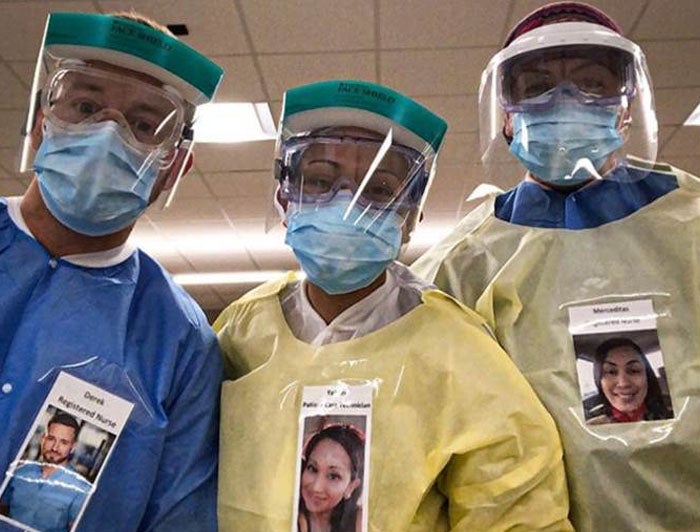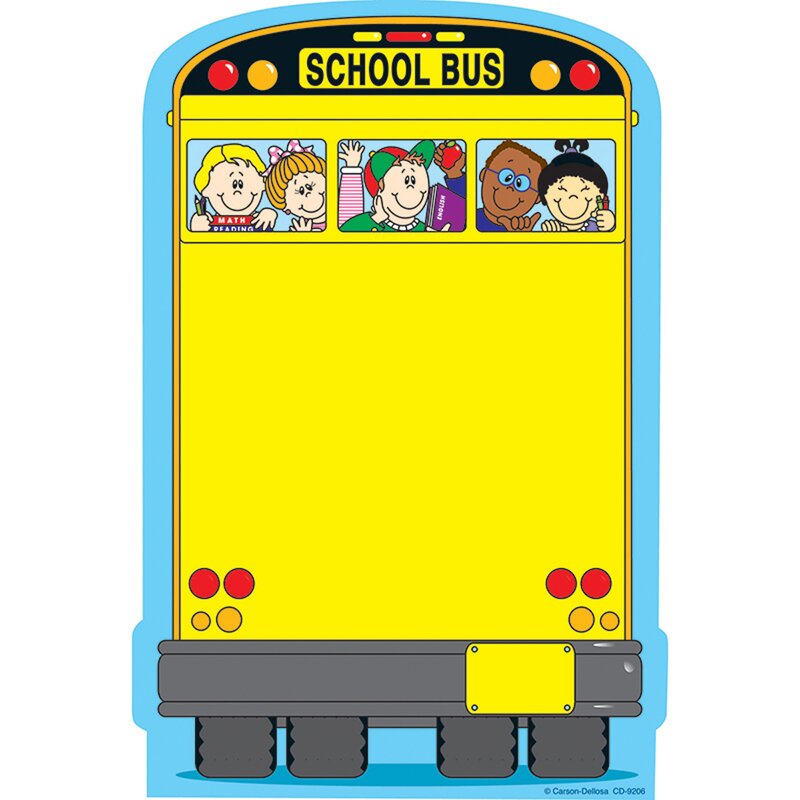Naturally when transitioning from being a homeroom second grade teacher to a Science teacher for both first and second grade, many changes arise. Some of the changes are exciting, like when you discover bits of design thinking and creative problem solving while studying the first units, or the simple fact that you won’t have to be rapidly oscillating between Math and Literacy all day… or the maybe the most simple fact of all: another new year brings that mystically reassuring feeling that I am coming into it having learned so much more than how I started the year before.
In the final months of the last school year, we switched to teaching remotely. We stuck to basics and relatively, did quite well. We prioritized technology access/connection, attendance, engagement, and reading. As a school we made growth, not to mention my class finished on top in Math (which was huge). This fall, we’re diving deep into content, mimicking as much in-school learning systems as possible.
It would honestly pain me to bore you any further, dear reader, with my opinion on remote work in these unprecedented times. It doesn’t vary greatly from any other occasional freelancer (ie homebody with a BFA) with a disdain for breakroom keurig coffee: Working from home has been a delight and I’m grateful for the privilege beyond words.
Just as teaching Science has (very obviously) helped me reach my goal to teach more STEM-specific material, remote learning has (slightly less obviously) helped me find direct use for my digital design background as a teacher. Well to be fair, my coworkers would definitely give it up when they saw my bulletin boards or walked into my classroom. But for the vast majority of the school year, I had to continue honing close-to-foreign skills (try the single skill of just: working with kids).
Once our school went remote, I started casually flaunting my digital design skills around as if they were a pair of abercrombie jeans in a middle school hallway. Formatting schedules and lesson plans, cooly troubleshooting with parents (and kids), just finding fun ways of doing school stuff digitally.
Now that I’ll be starting my class remotely, digital tools must now be used to solve new problems. In fact, all caregivers are now being faced with a new problem: How does one translate care in a distanced setting?

See one way doctors are solving this problem with “Share Your Smile”
Bottom line is: fresh, new kids are coming into my class with absolutely no idea what I’m like. They may have seen me around the hallway (quite the place to be noticed), but have had the most limited interactions possible. Fostering positive relationships with children is a major key in effective teaching young children. How will these relationships take root without sharing space together? Just like a doctor who is unrecognizable in full PPE also happens to be intimidating in the face of patients, imagine the intimidation a digital interface creates in the face of a six year old with their teacher.
Innovating Play has become an awesome starting point in how I could approach this issue and more. There are tons of digital educational resources out there but Jessica and Christine are teachers themselves, which allows them to implement their pedagogy into tons of realistic methods and low-lift activities (with pictures and videos!). Takeaways are powerful and always spelled out. Their language is approachable and loving. What’s more to like? This blog post got me thinking about some especially hard-hitting ideas:
- Leverage alternate learning environments as opportunities: Yes remote learning has issues. Yet there are so many positives to teaching remotely that are yet to be uncovered!
- Young children are still developing attention and executive functioning skills. They can easily become distracted by having too many options to click on links within one lesson space.
- The importance of active learning: As with any lesson design, our main goal is active learning. While digital tools that reflect learning back can provide wonderful options for creation and reflection, a digitally communicated lesson should not be limited to the screen. Simple, hands-on possibilities for active engagement and contribution to a lesson should ALWAYS be present in remote learning for young children.
The combination of these ideas started opening me up to how substantial digital tools could really be. Christine and Jessica mainly use Bitmoji and Google slides for creating digital content, and yes this has recently become trendy as what I thought was a way to be “cute” and nothing more. Yet it was until I came across Innovating Play that I realized there is a real value in attempting to recreate the classroom space. At its best, the classroom transforms into a magical place powered by ideas, firsts, and mistakes. It’s a place for resources, rules, mantras, art and other works from the entire community to be colorfully displayed. And most importantly of all, it’s safe. And it’s safe because it’s a “teacher-created” space. Why wouldn’t teachers create a virtual space?
Here is my final classroom: https://docs.google.com/presentation/d/e/2PACX-1vRnu_FSDr7wAlNXW4_I6vZdKhI7Os9Ib08-KMCjLHI3KVmDBdHW8hAT4MXWVjIubD9dx2ga09Ibw7Pr/embed?start=false&loop=false&delayms=3000
Side-tangent: I see the value in including your face and persona via Bitmoji, but I’d rather not depict myself as a character in their narrative more than absolutely necessary. A child’s experience in school doesn’t truly depend on how much they adore me as a person. It sure helps, but in my opinion the best teachers simply carry out the job of leading, guiding, and keeping everyone safe.
Sans Bitmoji, I believe my classroom still succeeds in showcasing me, through my most admirable strengths that I’d ultimately be modeling for the children: creativity, organization, and general spatial skills. Colors are calm but vibrant, and there are many simulated textures. Everything has a place, with no clutter. Text and navigation is clear, simplified, and easy to go back to Home. I also added some STEAM-related sites that kids can explore by clicking on related images. It was also important that kids have a designated space to go for resources, and a designated space to share and interact with each other.
And let’s be real, there is no way Bitmojis are cuter than the OG personification of anything school-related.
